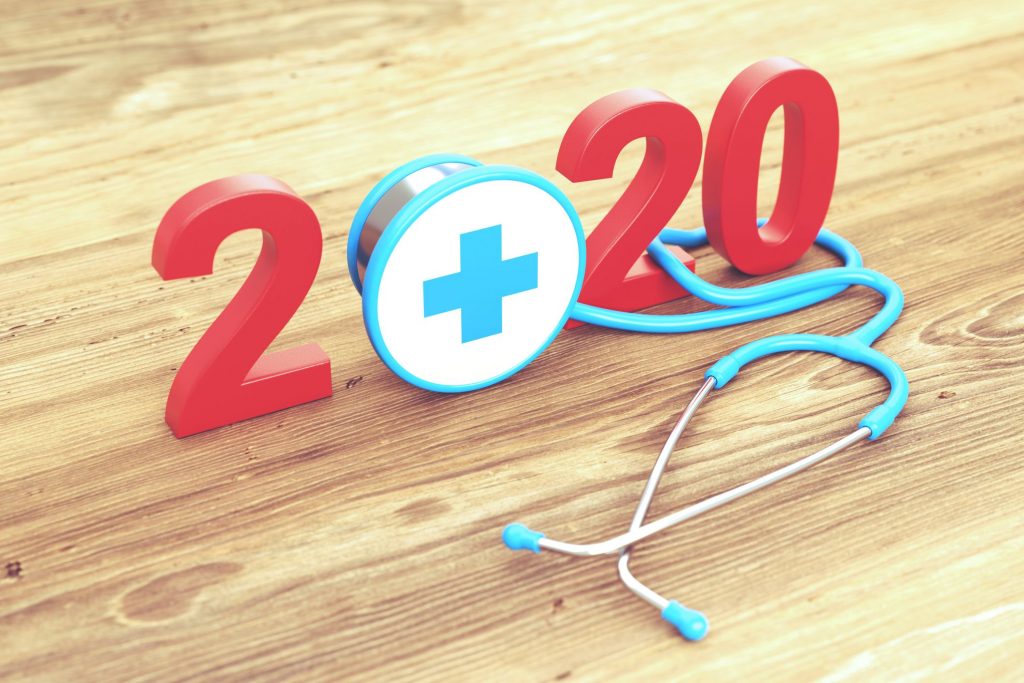The dawn of a new decade is approaching and with it comes an era of medical technology that could see the coming years be known as the “roaring 20s” of health information technology.
Few sectors are set up for growth the way health IT is. Providing care is becoming an increasingly high-tech job, but what the industry has seen thus far is really just the tip of the iceberg. The question isn’t really whether technology will influence healthcare in 2020, it’s just a matter of which ones will make the biggest difference and which ones will do it in the next year.
We’ve mapped out the ones we think are most important and will have the most immediate impact in 2020. These aren’t necessarily the most glamorous or even high-profile health IT trends you’ll read about in stories like this, but they are the ones that will play the biggest role in the industry taking steps forward now rather than later.
The Patient Centered Participatory Approach
Patients becoming more involved in the healthcare decision making process has been a big priority for healthcare regulators in 2019. The latest round of regulations set down by the Centers for Medicare & Medicaid Services (CMS) were designed to put patients in the driver’s seat with their data and create, as CMS administrator Seema Verma put it at the time, “a world where everyone, everywhere, has access to a health ecosystem for wellness, with humans at the center of it.”
And as patients take control of their data, they are overwhelmingly accepting of their role in their health, according to a report from Deloitte titled “Healthcare and Life Sciences Predictions 2020.” They are using their electronic health data to become more educated about their health and as a result are beginning to act more like healthcare consumers in shopping for services that can help achieve better outcomes. This trend will continue in the coming year and help the industry deliver more value for money when it comes to care.
Clinicians, for their part, are beginning to embrace patient generated data through things such as wearables and devices connected to the internet of things. This will only enhance the role of the patient in creating a complete picture of their health and further inform their decisions and the conversations they have with providers regarding what to do about it.
What About All That Data?
Of all things happening around health technology you can think of, the one that remains the most consistent on any given day is the sheer volume of data the industry is creating at every turn. It has begun to mirror other industries in this sense and contributes to the more than 2 quintillion bytes of data generated each day.
Making sense of all that data and gleaning insights from it has been a major talking point in 2019 as the granularity of data has been prioritized along with governance and freeing it from the silos that prevent true organizational change. Healthcare organizations are pursuing analytics maturity and a care landscape that uses predictive analytics is in sight.
This push to look at data more holistically to drive improvement in operations, identify cost centers and raise the overall quality of care will continue in 2020 as machine learning algorithms and AI continue to play a big part in unearthing new insights.
Genomics Takes Off
Personalized medicine and ultimately, taking the next step toward value-based care, is a goal we’ve heard a lot about in the back half of the last decade. But in 2020, genomics will begin to take shape as a reality.
Genomic data is more prevalent than ever and with AI pushing the boundaries of what we can learn from it, personalized treatments that drive the most positive outcomes are going to become more commonplace. With projects like the All of Us Program from the National Institutes of Health beginning to be available to the public for analysis and millions of people contributing their data, data scientists have more material for analysis than any other time in history.
The coming years will see us learn more about diseases, chronic conditions and pharmacological impacts at a faster rate, changing the way care is delivered or even thought about from the provider, patient and payer perspectives.
Pharma Optimizes for Industry Shifts
The pharma space is looking to make the most of technology by reshaping the clinical trial to better identify and connect with participants, according to an article from BioPharmaDive. As the industry looks to increase communication and rebuild trust with consumers, its efforts will be focused on developing practices that account for social determinants of health and infuse data into clinical trial design.
As a result, new innovations in pharmaceuticals will likely be uncovered at a faster rate. The result for the industry, which is often criticized for the price of its products, may just be a shift in how it is seen by the public, according to an article from Forbes. Instead of criticizing the cost, we may just start thinking about different ways to pay for them that allow for expanded access to these innovative treatments.



